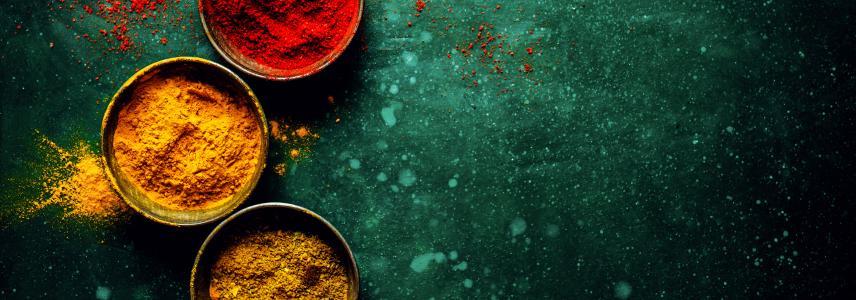New trend: European food producers shifting to natural food colouring

More and more European consumers are buying products with a clean label. They want food without artificial additives. European food producers are therefore shifting to natural food colouring. This shift from synthetic to natural ingredients provides opportunities for suppliers in developing countries.
In recent years, consumers have been more interested in eating healthier foods with a more transparent ingredient list. A clean food label means that the product:
- is natural;
- is minimally processed;
- is preservative-free; and
- has a transparent and short list of ingredients.
More and more consumers and companies are demanding natural food colours in their recipes. The shift to natural colouring makes innovation in various forms and raw materials necessary. This provides an opportunity for suppliers from developing countries. But, suppliers must follow European regulations. This means considering stability, safety and sustainable requirements.
Why do companies use food colouring?
Food companies add colouring to make food look more appealing or to correct natural colour differences. To do so safely, the European Union regulates food colouring. Besides this, the European Food Safety Authority (EFSA) may decide that producers can no longer use some colours. For example, the EFSA decided that titanium dioxide (E171) is no longer safe. E171 was a popular additive in bakery products. In general, companies are now using fruit, vegetable and other plant alternatives as food colouring more often.
Some natural colours come from ingredients that people do not usually eat but are safe to use as food colourings. Other natural colours are made from so-called colouring foods; these are commonly eaten or used to colour other food.
Examples of natural colouring replacements
European food producers are searching for safe and natural replacements for synthetic food colourings. In some cases, a custom solution is necessary. Companies such as Exberry offer plant-based food colouring made from rice starch. Other companies such as ADM, Givaudan and Döhler offer natural colours made from corn starch.
Another example is the natural colour annatto, made from the seeds of the achiote tree. Nestlé started using annatto for its Butterfinger's yellow centre in 2017. More and more European food producers are experimenting with natural colours. Examples include using turmeric for yellow, elderberry and cranberry for red, and spirulina to make blue colours.
Opportunities for suppliers in developing countries
Some of the most-used natural food colourings come from developing countries. Demand for natural food colouring is increasing, in particular demand for sustainably-sourced products. This offers opportunities for SMEs to work together with the European food and beverage industry. To become a successful natural food colouring supplier in the European market, you should:
- Be transparent on how you make and source products;
- Offer traceability and documentation;
- Demonstrate your company’s positive impact on the environment;
- Offer a unique and interesting story; and
- Provide a safe product.
These points will also help you build trust with buyers and consumers.
Learn more
Do you want to learn more about natural food colouring? Read our new study on natural food colours. Also, read our study on European market trends for natural food additives.
Teresa Hüttenhofer and Gustavo Ferro wrote this news article for CBI.
Stay informed
To stay informed on the latest developments in the natural food additives sector, subscribe to our newsletter.